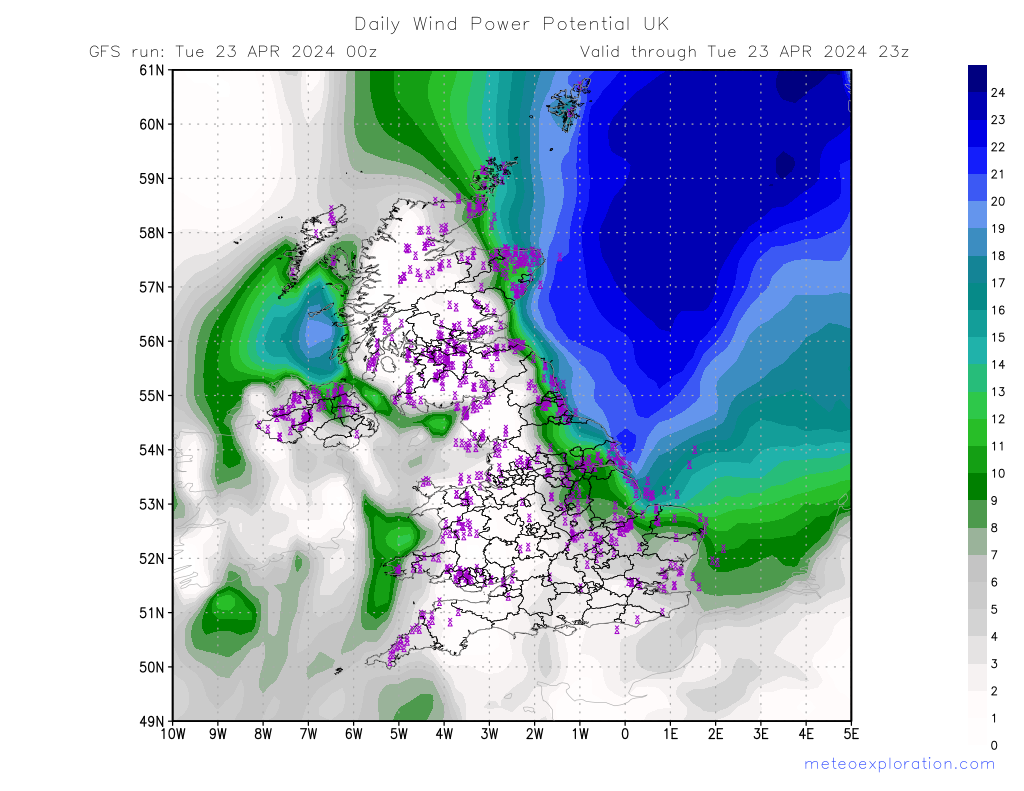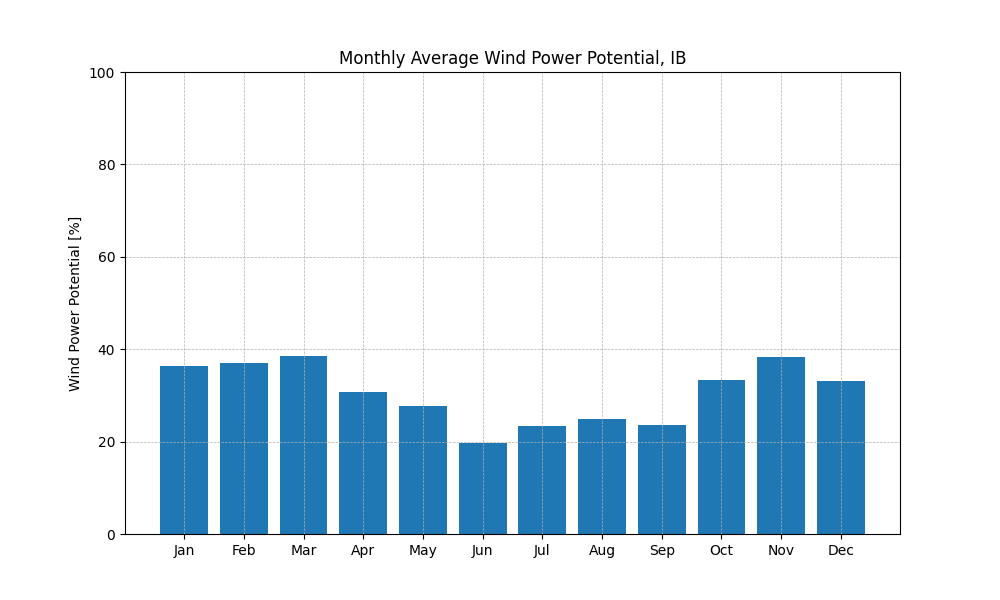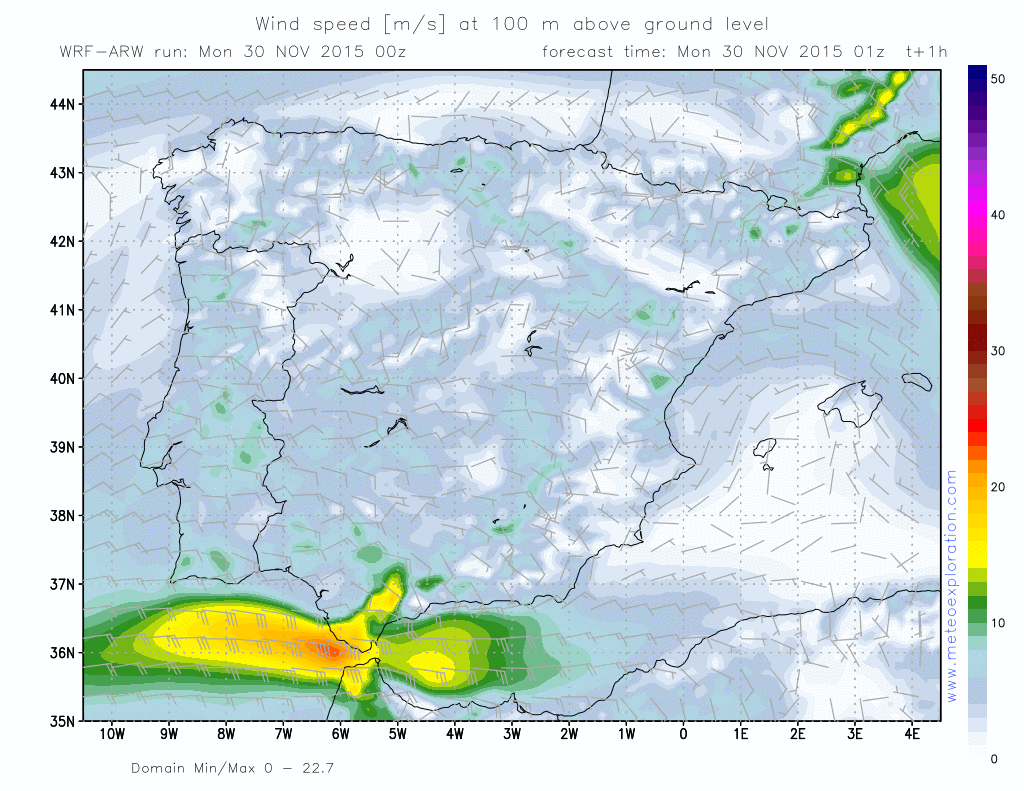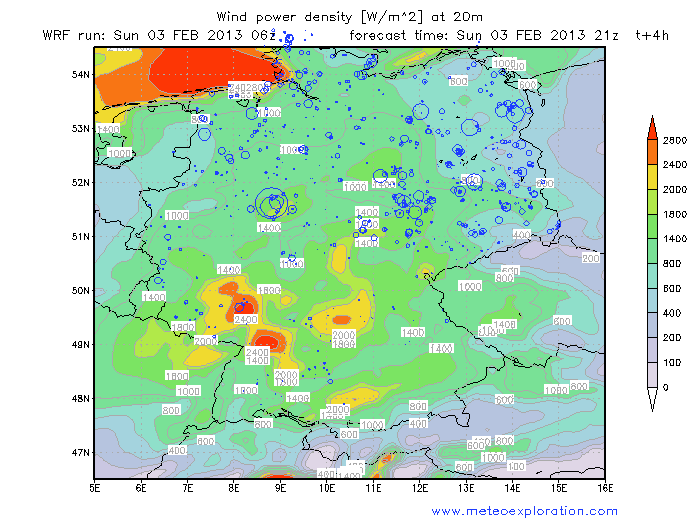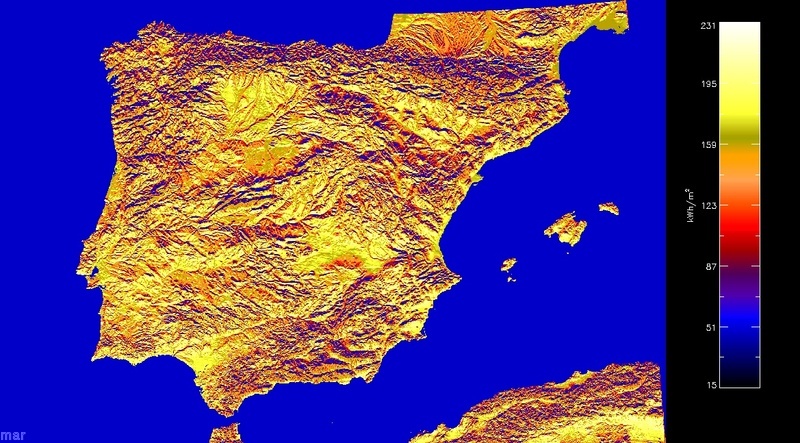
Average monthly mean solar radiation over the Iberian Peninsula in March. Map values are given in kWh/m². Calculation takes into account direct radiation, solar path, atmospheric transmittance, diffuse radiation and shading.
An application of these algorithms is the high resolution map in the following link. You can calculate solar radiation values for any point using the solar calculator below.
